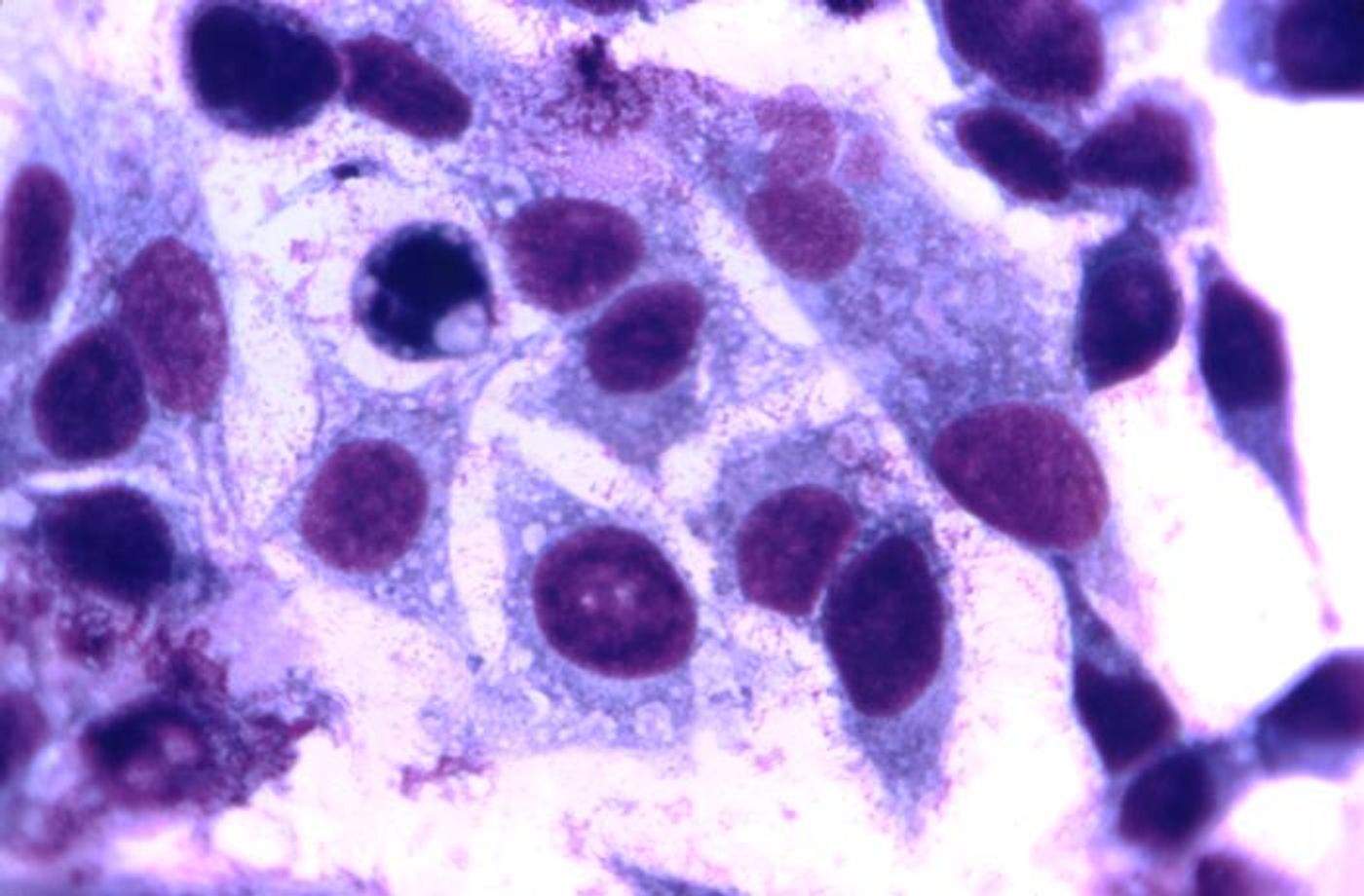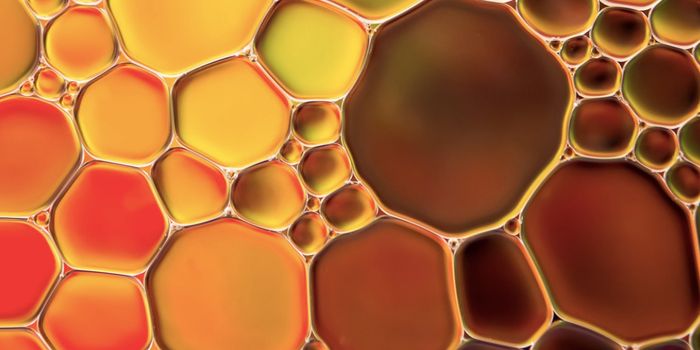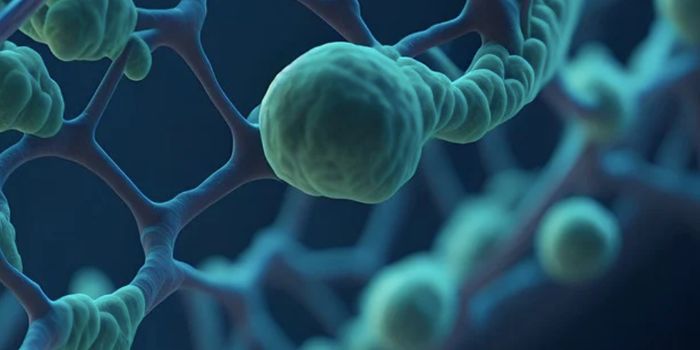Henrietta Lacks: A Donor who Keeps on Giving
Tuesday, March 8, 2022, marks International Women’s Day, a holiday to celebrate the contributions of women across the globe. Many notable women have worked to advance cancer research with the ultimate goal of ending the disease that takes the lives of close to 600,000 Americans a year. One such trailblazer, who didn’t live long enough to know the scope of her impact, is Henrietta Lacks.
In 1951, at the age of 31, Henrietta was diagnosed with advanced cervical cancer. One of the doctors who treated her at Johns Hopkins University, George Gey, removed some cancerous cells from Henrietta without gaining her consent. Gey found that, unlike cells from other patients, Henrietta’s cells grew indefinitely in culture. The immortal properties of Henrietta's cells could allow researchers to learn more about how cancer progresses and test new drugs and methods to treat cancer.
After her death, medical researchers patented Henrietta’s cells and sold them under the name HeLa cells earning millions of dollars in profits. It wasn't until 20 years after Henrietta’s death that her family found out that her tissue had been commercialized. While collecting patients’ cells for research was a legal practice at the time, today, this would require consent.
Henrietta’s cells have played a vital role in many medical advances since her untimely death. Scientists have published over 110,000 research papers utilizing cells derived from Henrietta’s tissue. Some of the most important discoveries in modern medicine relied on these cells. Henrietta’s cells helped develop the polio vaccine, generate treatments for blood cancers and sickle cell anemia, link HPV to cervical cancer. The study of Henrietta’s cells have advanced our understanding of aging, X-Rays, HIV, Ebola, SARS-CoV-2, and tuberculosis. These versatile cells have even traveled to space! In 1964, NASA sent Henrietta’s cells to space in an effort to learn how radiation and low gravity would impact astronauts.
Three Nobel Prizes were given based on work done with Henrietta’s cells. In 2008, Dr. Harald zur Hausen won the Nobel Prize. His work utilized HeLa cells to demonstrate that viruses can cause certain types of cancer, and this discovery led to the development of a cervical cancer vaccine. In 2009, Drs. Elizabeth Blackburn, Carol Greider, and Jack Szostak were awarded the Nobel Prize after using HeLa cells in the discovery of telomeres, the end portion of a chromosome involved in the prevention of cellular damage. Most recently, in 2014, Drs. Eric Betzig, Stefan W. Hell, and William E. Moerner received the Nobel Prize after using HeLa cells to develop new microscopy techniques for viewing live cells and cellular processes.
Scientists and activists have called for researchers to ensure that patients' tissue is not taken without consent. Over the past decade, Henrietta’s story has gained public attention due largely to a 2010 book by Rebecca Sloot and a 2017 HBO movie, both titled “The Immortal Life of Henrietta Lacks.” In 2013, Henrietta’s family, who called out inaccuracies in the book and movie, reached an agreement with the NIH for a case-by-case release of Henrietta’s genetic information or use of cells derived from her tissue for NIH-sponsored research. Johns Hopkins University has reiterated its commitment to protect the medical information related to Henrietta and her family.
As we acknowledge the women who have advanced science and medical research on International Women's Day, recall the significant, ongoing contributions of Henrietta Lacks.
Sources: NPR, NIH, J Exp Med, Science, EMBO J, Cell, J Exp Med, Cell, Nat Med, Science, NASA, Nature, Baltimore Sun, Nature









